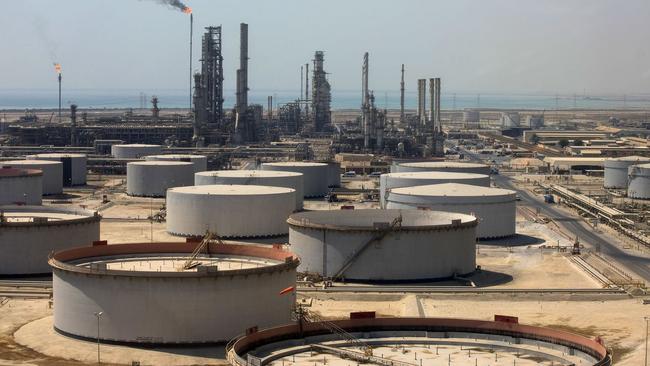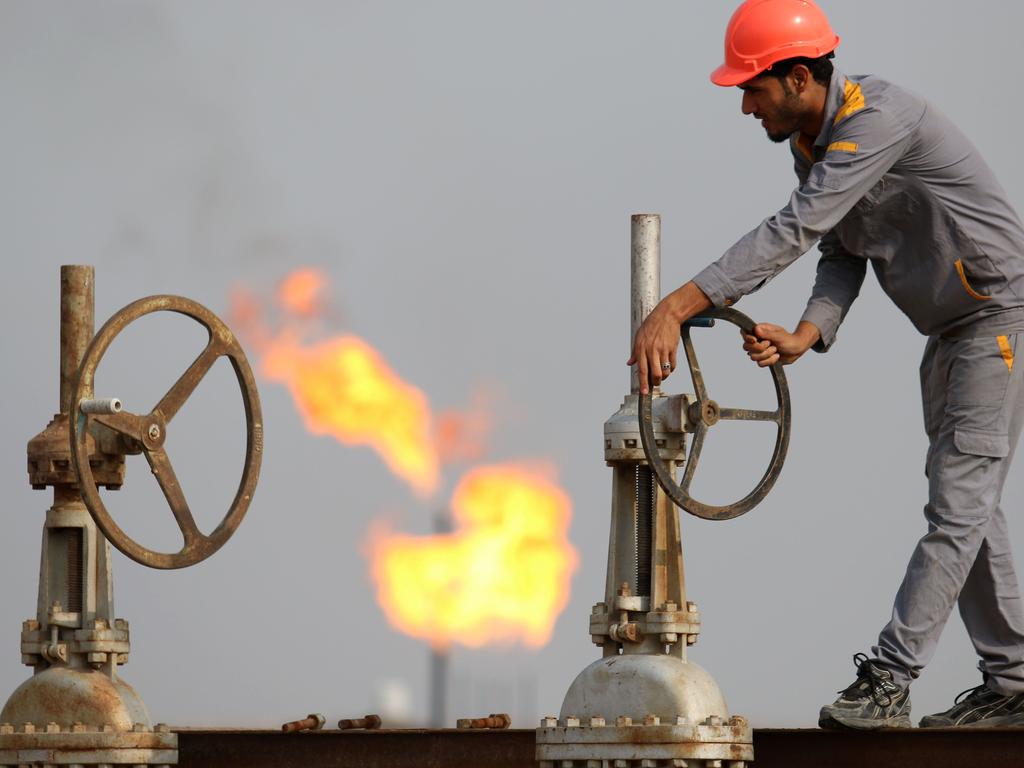Saudi Arabia set to raise oil output amid recovery in prices
World’s largest oil exporter plans to reverse recent unilateral production cut, signalling confidence in recovery.

Saudi Arabia plans to increase its oil output in the coming months, reversing a recent big production cut, say advisers to the Kingdom, a sign of growing confidence over an oil-price recovery.
The world’s largest oil exporter surprised oil markets last month when it said it would unilaterally slash 1 million barrels a day of crude production in February and March in an effort to raise prices.
But the Kingdom plans to announce a reversal of those cuts when a coalition of oil producers meet next month, the advisers said, in light of the recent recovery in prices. The output rise won’t kick in until April, given the Saudis already have committed to stick to cuts through March.
The advisers cautioned the plans still could be reversed if circumstances change, and the Saudis’ intention hasn’t yet been communicated to the Organization of the Petroleum Exporting Countries, said the people and OPEC delegates.
“We are in a much better place than we were a year ago, but I must warn, once again, against complacency,” Prince Abdulaziz bin Salman, the Saudi energy minister, said at a conference Wednesday. “The uncertainty is very high, and we have to be extremely cautious.” Oil prices this week returned to levels not seen since the Covid-19 pandemic erupted early 2020, devastating oil demand globally. Brent crude, the international oil benchmark, has hit $US64 a barrel, while West Texas Intermediate, the main grade of U.S. crude, crossed $US60.
However, oil prices shed all their daily gains Wednesday on news of the Saudi plan to restore supplies, with Brent falling 0.1% to $US63.33 and WTI futures down 0.8% at $US59.55 a barrel.
Prices have been steadily recovering in recent months as several Western countries make progress with vaccination programs, boosting hopes of an economic recovery later in the year. Analysts also point to evidence of a pickup in oil demand in China and India, and improvement in mobility and employment in the U.S.
That recovery has been accelerated more recently by an unexpected cold spell in the U.S., which has affected short-term crude production. Efforts by producers to reduce supply and rebalance oil markets, led by Saudi Arabia, have also shored up oil futures, analysts say.
A Saudi increase in production … makes perfect sense given the tightness that is starting to emerge in the market,” Ole Hansen, head of commodity strategy at London-based Saxo Bank. “The market will probably take it quite well.” The gain in prices in recent weeks will have more than offset the financial impact of the Kingdom’s output reduction, said Kathleen Kelley, head of Queen Anne’s Gate Capital, a New York-based advisory firm.
Despite the recovery, the 13-member OPEC and a Russia-led group of 10 producers – which have been working together to boost prices – are likely to maintain production curbs at their next meeting on March 4, say OPEC delegates. However, some members of that broad group, collectively known as OPEC-plus, are set to push for an increase in their own, individual quotas, the delegates said.
The informal group of some of the world’s biggest oil producers effectively agreed to maintain their collective oil output at about 7.1 million barrels a day through February. But Russia and Kazakhstan, which had both opposed keeping overall group production flat, were allowed to increase output by a combined 75,000 barrels a day to help protect their market share.
The planned Saudi move to restore supplies isn’t expected to immediately spark large output increases from other big producers, analysts say, given the kingdom is acknowledged to have carried the biggest burden in reducing production.
However, analysts do expect compliance with output curbs among producers to be increasingly loose as the recovery gains momentum.
Saudi Arabia’s move to reopen the spigots, while the rest of the group keeps them tight, comes as global demand for oil is expected to recover in the coming months.
OPEC expects world oil consumption to rise by 4.72 million barrels a day in the fourth quarter of 2021, compared with the first three months of the year, amid a global economic recovery.
In its monthly market report Feb. 11, the International Energy Agency said that a recovery in demand would outstrip production in the second half of the year, prompting “a rapid stock draw” of the glut of crude that has built up since the coronavirus pandemic began.
The Wall Street Journal



